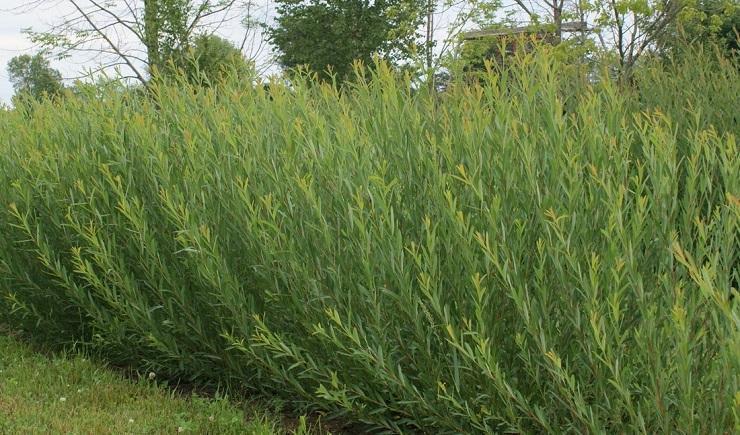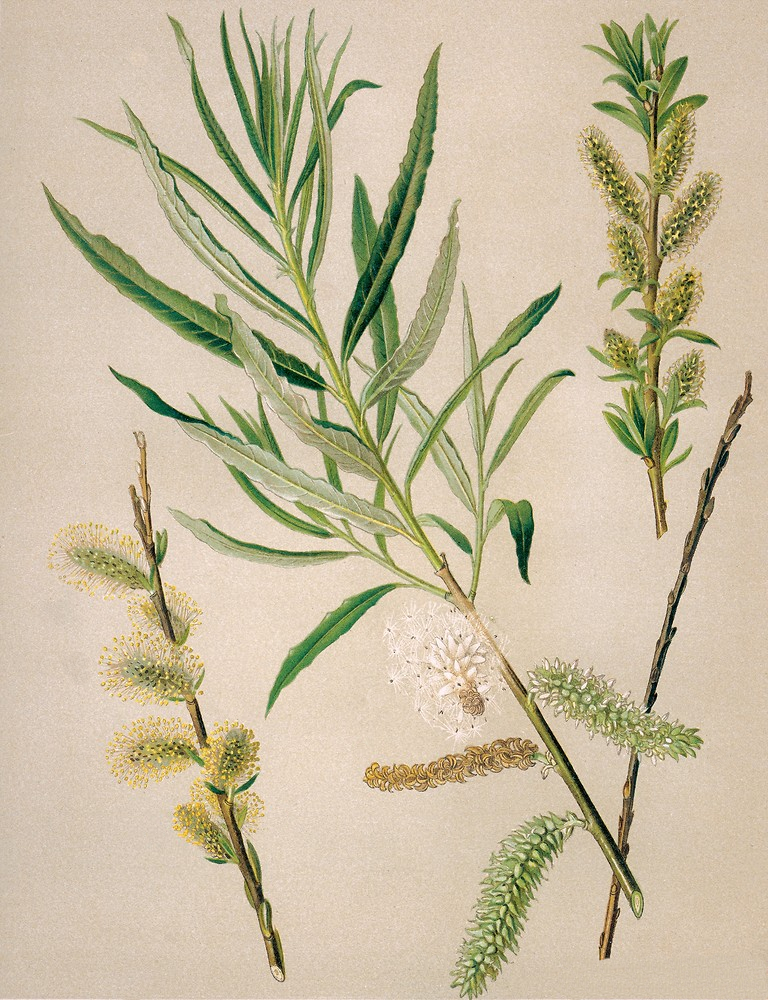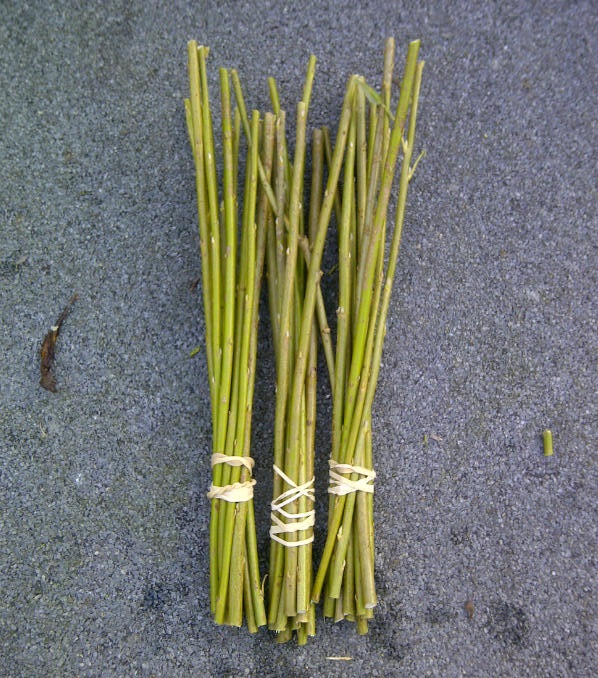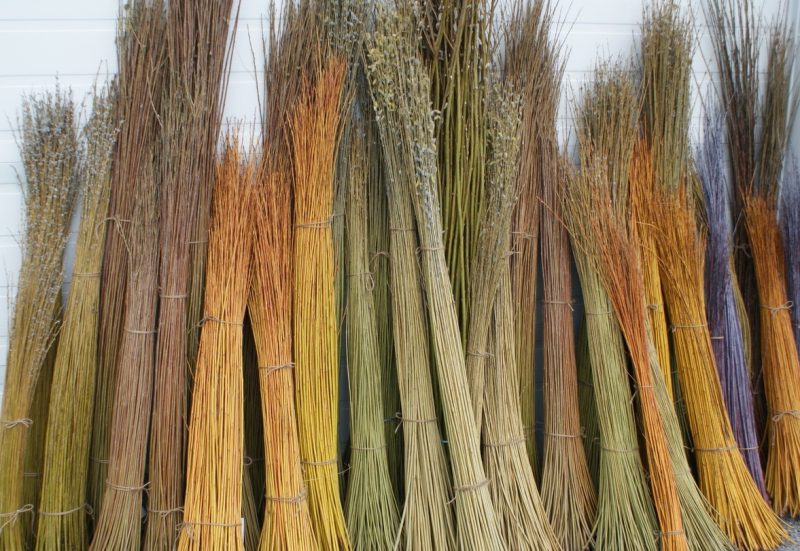Basket willow, cultivation and harvesting technology

The basket willow (Salix viminalis) is a species in the genus Salix, family Salicaceae. This species is native to Sweden, and it is also called Swedish willow. Since 1970, Swedish researchers have become interested in this species as an alternative to fossil fuels. Over time, a range of varieties has been created with plants that grow quickly and have a high caloric value. The advantages of this plant help to bring it to the top of the ecological alternatives for energy production. The basket willow responds well to problematic areas, especially those with excessive moisture. It is not susceptible to diseases or pest attacks and the damage caused by them does not justify the application of pesticides. Swedish willow can also solve some social or environmental problems. Intense cultivation would reduce the massive deforestation, ensure access for all to an accessible source of energy, reduce environmental pollution, and protect natural ecosystems.
Biological characteristics. It has a well-developed root system, specific to perennial species. The stem is made up of nodes and internodes. Depending on the variety, the internodes can have different lengths. The height of the stem varies depending on the culture system (harvesting). The basket willow grows very fast (in optimal conditions it grows 3 cm per day). The leaves are lanceolate, simple, and are alternately arranged on the branches. It is a unisexual plant. The male flowers appear along with the leaves and have the shape of catkins, similar to those developed by hazel or walnut. The fruit is a capsule and contains a large number of seeds covered with gray hairs.
Basket willow crop technology
Choosing the land
The basket willow grows well in areas where at least 350-400 mm of rainfall falls annually. Avoid areas where the phenomenon of excessive drought occurs. From a temperature point of view, all varieties of basket willow are resistant to low temperatures. During the dormancy period, the plants can withstand temperatures of up to – 35 °C. It responds well to soils with a neutral or slightly acidic pH, as long as their slope is not higher than 10%. It can be successfully cultivated on lands with excessive humidity or floodable ones, being one of the few crops that can offer high yields in such conditions.
Land preparation
Given that planting has to be done in early spring, the land must be prepared from the previous year. Herbicides with a glyphosate content can be applied to destroy all weeds from the field. Approximately one week after the application of the herbicide, the scarification work has to be carried out at a depth of 40-50 cm in order to mobilize the soil. The scarification work ensures for the root system of the plants a larger mass of ground soil so that they can grow normally. In addition, autumn plowing at the depth of 25-35 cm must be carried out. In early spring, the grinding operation should be done by passing two times with a disc harrow or with the help of a tiller.
Recommended products
-
You can find products on a different store
Change Store -
You can find products on a different store
Change Store -
You can find products on a different store
Change Store -
You can find products on a different store
Change Store -
You can find products on a different store
Change Store -
You can find products on a different store
Change Store -
You can find products on a different store
Change Store -
You can find products on a different store
Change Store -
You can find products on a different store
Change Store -
You can find products on a different store
Change Store -
You can find products on a different store
Change Store -
You can find products on a different store
Change Store -
You can find products on a different store
Change Store -
You can find products on a different store
Change Store -
You can find products on a different store
Change Store -
You can find products on a different store
Change Store -
You can find products on a different store
Change Store -
You can find products on a different store
Change Store -
You can find products on a different store
Change Store -
You can find products on a different store
Change Store -
You can find products on a different store
Change Store -
You can find products on a different store
Change Store -
You can find products on a different store
Change Store -
You can find products on a different store
Change Store
Planting
The optimal planting period in the case of the basket willow is spring when temperatures exceed 5 °C, and can be done until June if the necessary water can be provided. It is important that the ground is well prepared beforehand. Basket willow can be propagated through seeds or vegetatively. For higher efficiency, the culture can be set up with cuttings. They must be purchased from authorized nurseries and must be approximately 20 cm long and 1 to 3 cm in diameter. On small areas of up to ten hectares, planting can be done manually, while on large areas mechanical means must be used. The planting diagram used is as follows: two double rows with a distance of 75 cm between them and a distance of 60 cm between plants per row, followed by a path of 150 cm.
Maintenance works
No special maintenance work is required in the first year. 2-3 hoeings can be carried out to destroy weeds or specific herbicides can be used. Fertilization is not necessary for the first year. Diseases and pests do not cause problems for this crop, the cultivated varieties being resistant to biotic factors. Occasionally, symptoms of aphid or rust-infested plants can be seen, but the damage is insignificant. Also, wild animals can be seen on the plantation because the plants create a cool climate, but they do not cause damage because the basket willow has an unpleasant taste.
In the second year, fertilization with a complex NPK fertilizer or with simple fertilizers based on nitrogen or phosphorus can be applied. If the crop has weeds, a chemical or mechanical operation to remove the weeds can be carried out. In the second year, the first harvest takes place. The following maintenance works must be carried out every two years: weed control and fertilization.
Harvesting
It is carried out during the dormancy period (November – February). In small areas, harvesting can be done manually by “trimming” the shoots. The operation can also be performed mechanized, with the help of combines that can chop the shoots. In European environmental conditions, the basket willow has a humidity of about 40% at harvest. After half a year of storage under normal conditions, the humidity drops below 20%. At this level, the resulting biomass can be used without further operations. Depending on the environmental conditions and the cultivation technology, the production at harvest can vary between 30 and 45 tons/ha.


















































































































































































































































































































































































































































